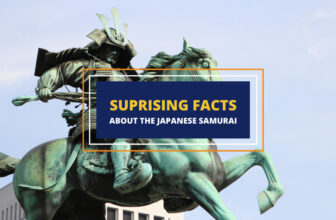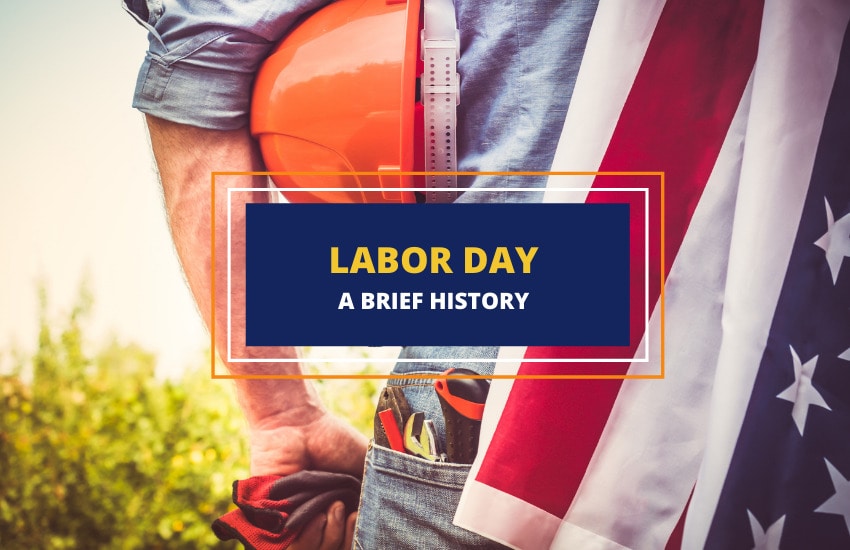
Table of Contents
Labor Day is a federal holiday dedicated to celebrating the contributions and achievements made by the American Labor movements. In the US, this day is traditionally observed on the first Monday of September.
The history of Labor Day is one filled with long, costly battles, won over the course of decades. Celebrations regarding Labor Day commonly include parades, barbecues, and firework displays.
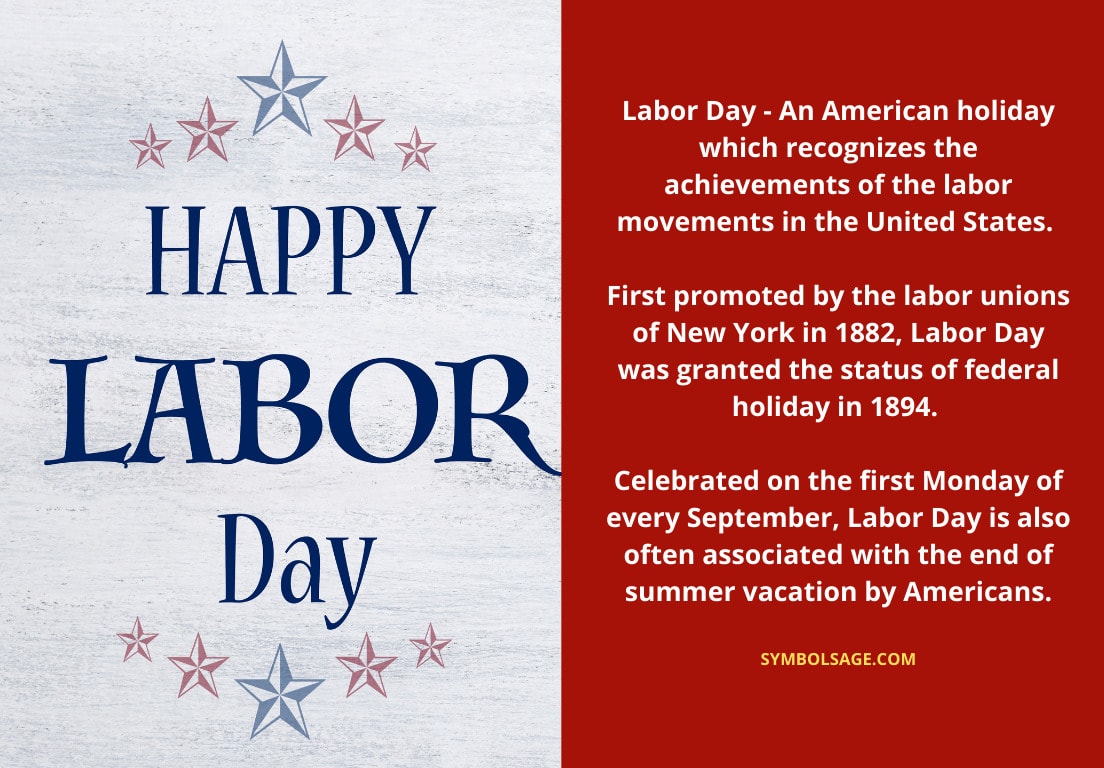
American Workers in the 19th Century
To understand the importance of this holiday first it’s necessary to take a brief look into the past, to remember what kind of difficulties the American workers had to face during the times of the Industrial Revolution.
During the last decades of the 18th century, the American economy had begun to experience a shift, due to the increasing use of industrial technologies. Until that point, production in the US had depended mostly on the work of skilled craftsmen. But, with the appearance of machines and factories, the bulk of the working class began to be constituted by unskilled workers.
This change brought along many significant consequences. For one, the possibility of manufacturing products allowed capitalists and investors to obtain great profit in a relatively short time. But, on the other hand, factory laborers were working in the hardest conditions.
Back in those times, people working in places with no access to fresh air or sanitary facilities was a common thing. At the same time, most Americans were working an average of 12 hours per day, seven days a week, with a wage that would barely allow them to cover the expenses of a basic living.
Children as young as six were also working in factories, due to the widespread poverty that characterized the post-Civil War period in the US. Regardless of sharing the same harsh working conditions with their older counterparts, children would only receive a fraction of an adults’ wage.
This situation continued until the late 19th century. It was around this time that several collective organizations, known as labor unions, took on the job of fighting for the interests of American workers.
What Were the Labor Unions Fighting For?
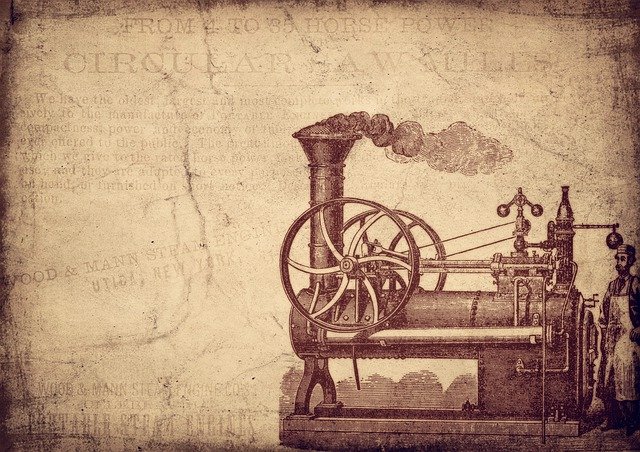
Labor unions fought to stop the exploitation of workers and to assure a set of minimal guarantees for them. These guarantees included better salaries, reasonable hours, and safer working conditions.
These associations also were trying to eliminate child labor, which put the lives of many American children in danger.
Pensions for injured workers were also among the compensations demanded by labor unions. It’s worth noting that some benefits that we take for granted today, such as annual vacations or healthcare, are the result of the battles fought by these collective organizations.
If business owners didn’t meet at least some of the demands made by labor unions, these associations would compel workers to go on strikes, a measure that could cause great profit losses. Protests were another common tool used by the labor unions to force the capitalist to grant better working conditions to the lower classes.
When Was Labor Day Celebrated for the First Time?
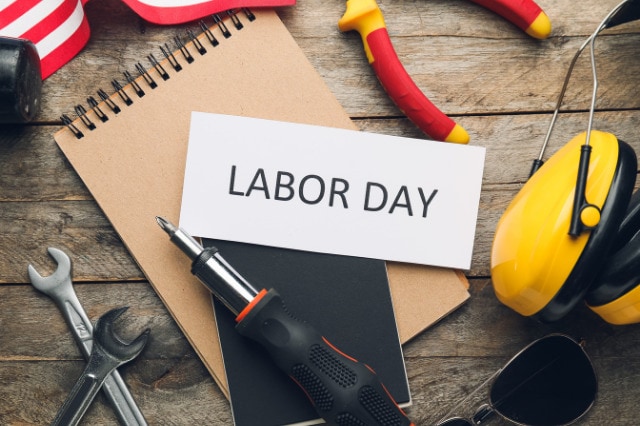
Labor Day was celebrated for the first time in New York, on September 5, 1882. On this date, hundreds of workers gathered with their families at Union Square for a day out in the park. Labor unions also organized protests for this occasion, to demand fair salaries, fewer hours a week, and the end of child labor.
The idea behind Labor Day was to recognize the contributions and achievements of the American working class. Labor unions considered that the best way to do this was to insert a day of rest halfway between Independence Day and Thanksgiving. In that way, laborers wouldn’t have to work uninterruptedly from July to November.
Over the years, an increasing number of states began to observe this holiday and it eventually became a national holiday.
It wasn’t until June 28, 1894, that President Grover Cleveland declared Labor Day a federal holiday. From that point forward, Labor Day began to be celebrated on the first Monday of every September. In Canada, it takes place on the same date.
Unions during the late 19th century, it wasn’t until 1938 that President Franklin D. Roosevelt signed a law to institute an eight-hour workday and a five-day workweek. The same bill also abolished child labor.
Haymarket Square Riots and the International Workers’ Day
While many protests to recognize the rights of the working class remained peaceful from beginning to end, in some cases, violent incidents involving the police occurred. What happened during the Haymarket Square Riots is a notable example of this.
On May 4, 1886, workers from different industries gathered in the Haymarket Square (Chicago), for the fourth day in a row, to protest for better working conditions, and discuss the necessity of laborers to be organized in unions. Protesters were let alone during the day, but after nightfall, large contingents of police forces made an appearance, and soon enough tension began to grow between the two groups.
Eventually, the policemen tried to shut down the protest, but while they were at it, someone from the protesters’ crowd threw a bomb at them, killing seven officers with its explosion and leaving others severely injured. After the detonation, the police started shooting indiscriminately against the protesters, killing many of them.
The identity of the person who tossed the bomb remained unknown. However, four union leaders were hanged for the crime. In the memory of these workers, at least 80 countries started to celebrate International Workers’ Day on May 1st.
Who Created Labor Day?
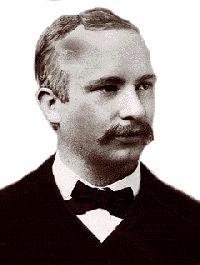
There is still some debate over the matter of who created Labor Day. Two men with similar last names are often alternatively considered as responsible for the creation of this federal holiday.
Some historians regard Matthew Maguire as the first promoter of Labor Day. Besides being a mechanist, Maguire was also the secretary of the Central Labor Union, the association that organized the first Labor Day parade.
However, other scholars suggest that the first person to come up with the idea of Labor Day was Peter J. McGuire, a carpenter from New York. McGuire was the co-founder of a labor organization that would eventually become the American Federation of Labor.
Regardless of who initiated the first Labor Day celebration, both these men were present for the celebration of the first Labor Day, back in 1882.
Wrapping Up
Labor Day is an American holiday instituted to recognize the achievements of the labor movements in the United States.
First promoted by the labor unions of New York in 1882, Labor Day was originally considered an unofficial festivity, until it was granted the status of federal holiday in 1894.
Celebrated on the first Monday of every September, Labor Day is also often associated with the end of summer vacation by Americans.





